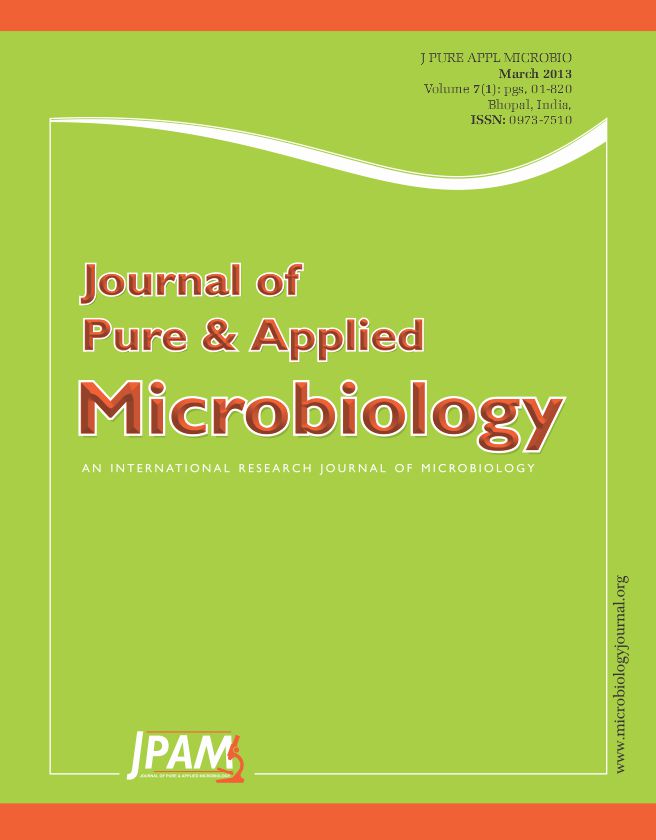As tea is a long duration perennial crop it is very much prone to attack by several pathogens. Brown root rot disease (Fomeslamoensis (Murr.) Sacc. and Trott) is the one of the important primary root disease of teawhich, inhibits plant growth, causes yellowing and wilting of leaves, defoliation, branch dieback, and affect plant death.An antagonist is broadly defined as an opponent or adversary. In biological control of plant pathogen, antagonists are biological control agents (BCA) with the potential to interfere in the life process of plant pathogens. In the present work more than 20 fungal isolates were tried and out of which four isolate have exhibited antagonistic activity against the pathogen F. lamoensis.These four selectedisolates were found to be fast growing and on coming close to the pathogen then into it, eventually overgrew, except Penicillium sp.
No clear inhibition zone was noticed in between isolates and F. lamoensis. The genus Trichoderma showed ‘F’ type of colony interaction. Among of these Trichodermaviride and T. citrinoviride showed highest antagonism followed by Aspergillusniger and Penicillium spp.
Antagonism, Biological control agent, Brown root rot, Colony interaction, Tea
© The Author(s) 2014. Open Access. This article is distributed under the terms of the Creative Commons Attribution 4.0 International License which permits unrestricted use, sharing, distribution, and reproduction in any medium, provided you give appropriate credit to the original author(s) and the source, provide a link to the Creative Commons license, and indicate if changes were made.


